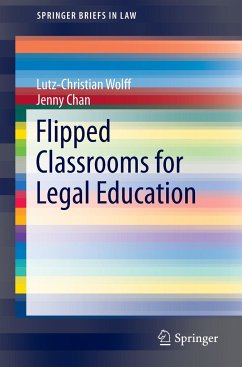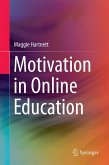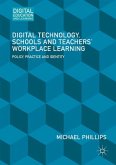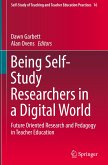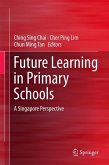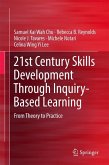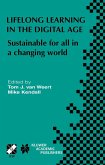This book discusses comprehensively the use of Flipped Classrooms in the context of legal education. The Flipped Classroom model implies that lecture modules are delivered online to provide more time for in-class interactivity. This book analyses the pedagogical viability, costs and other resource-related implications, technical aspects as well as the production and online distribution of Flipped Classrooms. It compares the Flipped Classroom concept with traditional law teaching methods and details its advantages and limitations. The findings are tested by way of a case study which serves as the basis for the development of comprehensive guidelines for the concept's practical implementation. As Flipped Classrooms have become a very hot topic across disciplines in recent years, this book offers a unique resource for law teachers, law school managers as well as researchers in the field of legal education. It is a must-have for anyone interested in innovative law teaching methodologies.
"Flipped Classrooms for Legal Education, would definitely be a useful tool for introducing our faculties to flipped classrooms. ... this book belongs in any academic law library collection with sections for pedagogy, teaching techniques, educational technology, or working with learning outcomes and assessments. ... we can use this book to introduce doctrinal faculty to these new methods and possibly help them experiment and adapt. Flipped Classrooms for Legal Education is a short book that is easy to read ... ." (Louis M. Rosen, Law Library Journal, Vol. 9 (1), 2017)

